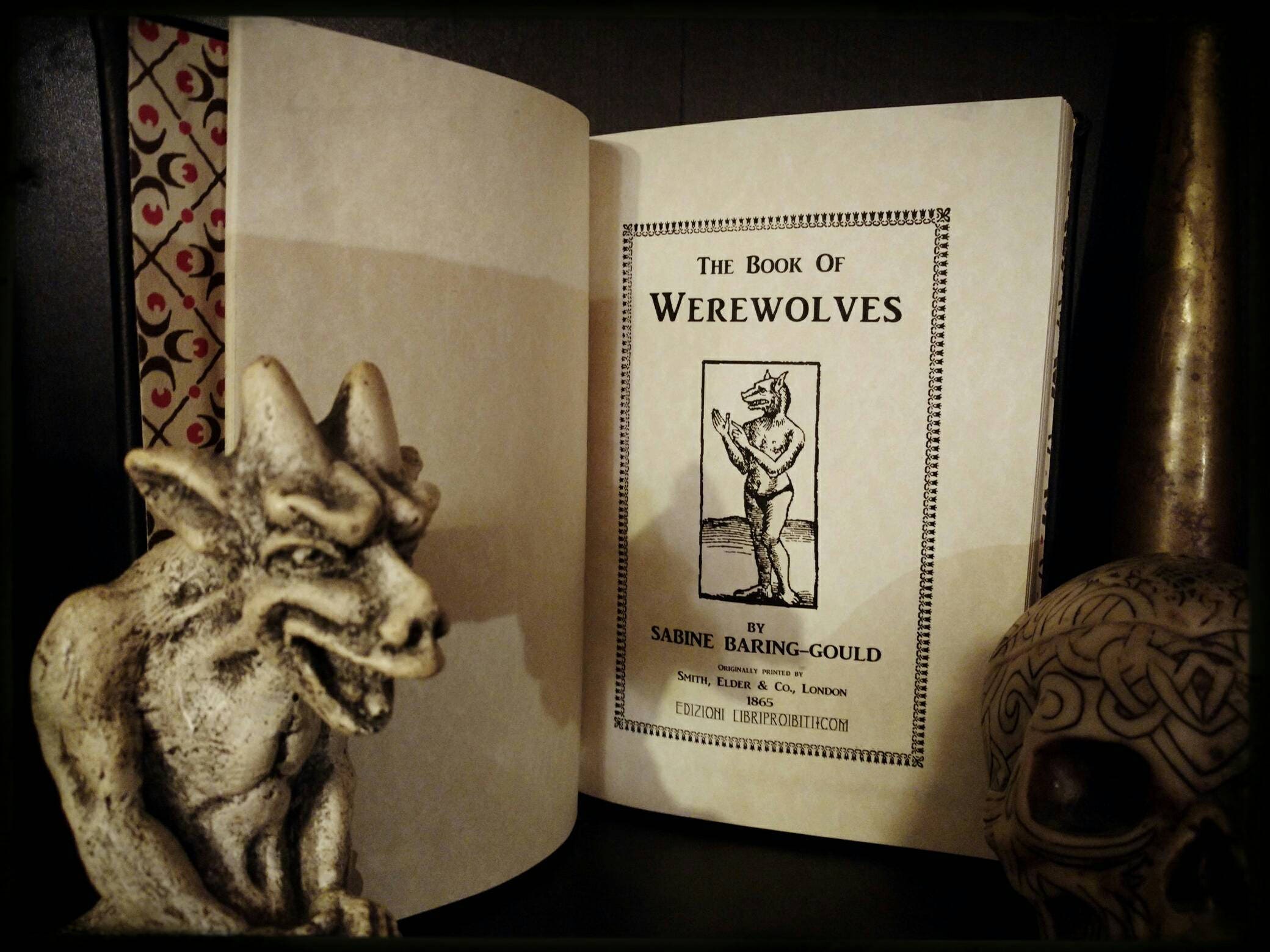

17” for the following account of how to become a lycanthrope: There are some exceptions to this, however:Īccording to a curious Lithuanian story related by Schleicher in his Litauische Märchen, a person who is a were-wolf or bear has to remain kneeling in one spot for one hundred years before he can hope to obtain release from his bestial form.Īnd, more substantially, he cites “SACHAROW: Inland, 1838, No. The tour of Europe continues, as does Baring-Gould’s frustrating habit of failing to cite his sources. The topic swiftly moves to Danish were-bears. The section on Denmark opens with a story of a woman hitting her lycanthropic husband with her apron this narrative was later swiped and embellished by Elliott O’Donnell. We then head to France where we meet the loups-garoux and its Périgord variant, the louléerou some of the details here overlap with Baring-Gould’s coverage of French werewolves in the previous two chapters.įor Norway, Baring-Gould recounts the story of Lasse and the Vargamor, which I have covered here. After an untranslated excerpt from Gervaise of Tilbury’s Otia Imperalia, he moves on to legends relating to cannibals - but not shapeshifting cannibals. The overview opens in Britain, with a brief reference to werewolves in the ballad of Kempion: “O was it a war-wolf in the wood? Or was it a mermaid in the sea?” This is followed by namechecks of “William and the Werewolf” in Hartshorn’s Ancient Metrical Tales and “The Witch Cake” in Crumek’s Remains of Nithsdale Song.īaring-Gould notes that, because England has killed its wolves, the country’s witches are instead imagined as transforming into cats, hares or (in Devonshire) black dogs. The eighth chapter of Sabine Baring-Gould’s Book of Were-Wolves is entitled “Folk-Lore Relating to Were-Wolves” and feels like something of a round-up of miscellanies.

The story of Guillaume de Palerne (or, William and the Werewolf)


 0 kommentar(er)
0 kommentar(er)
